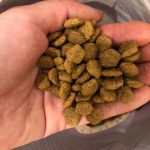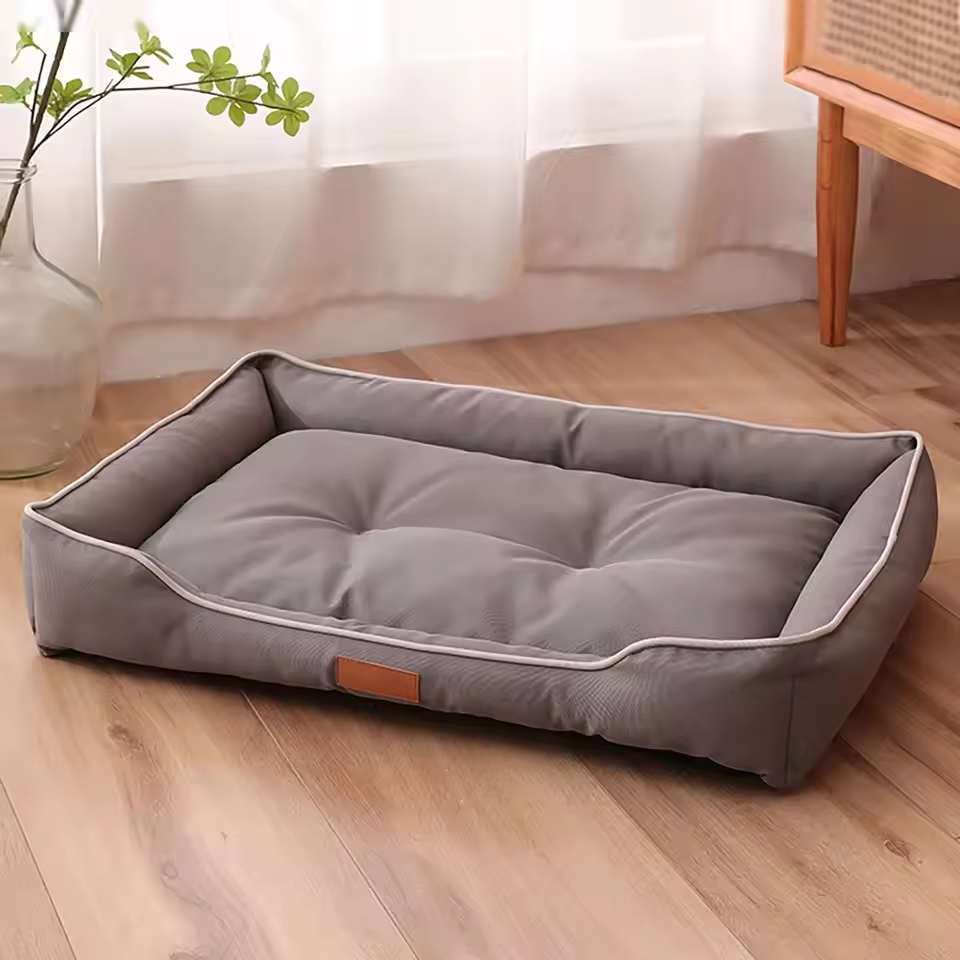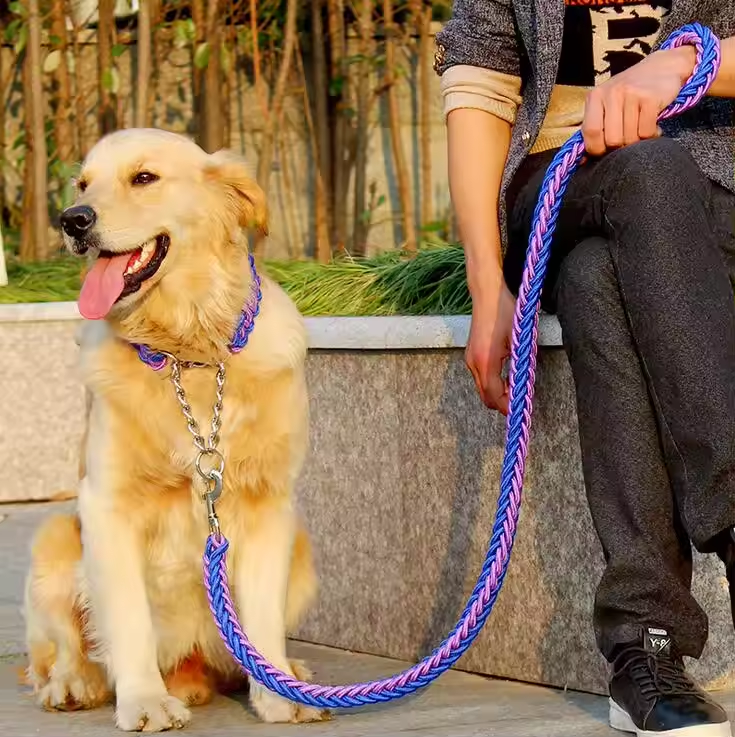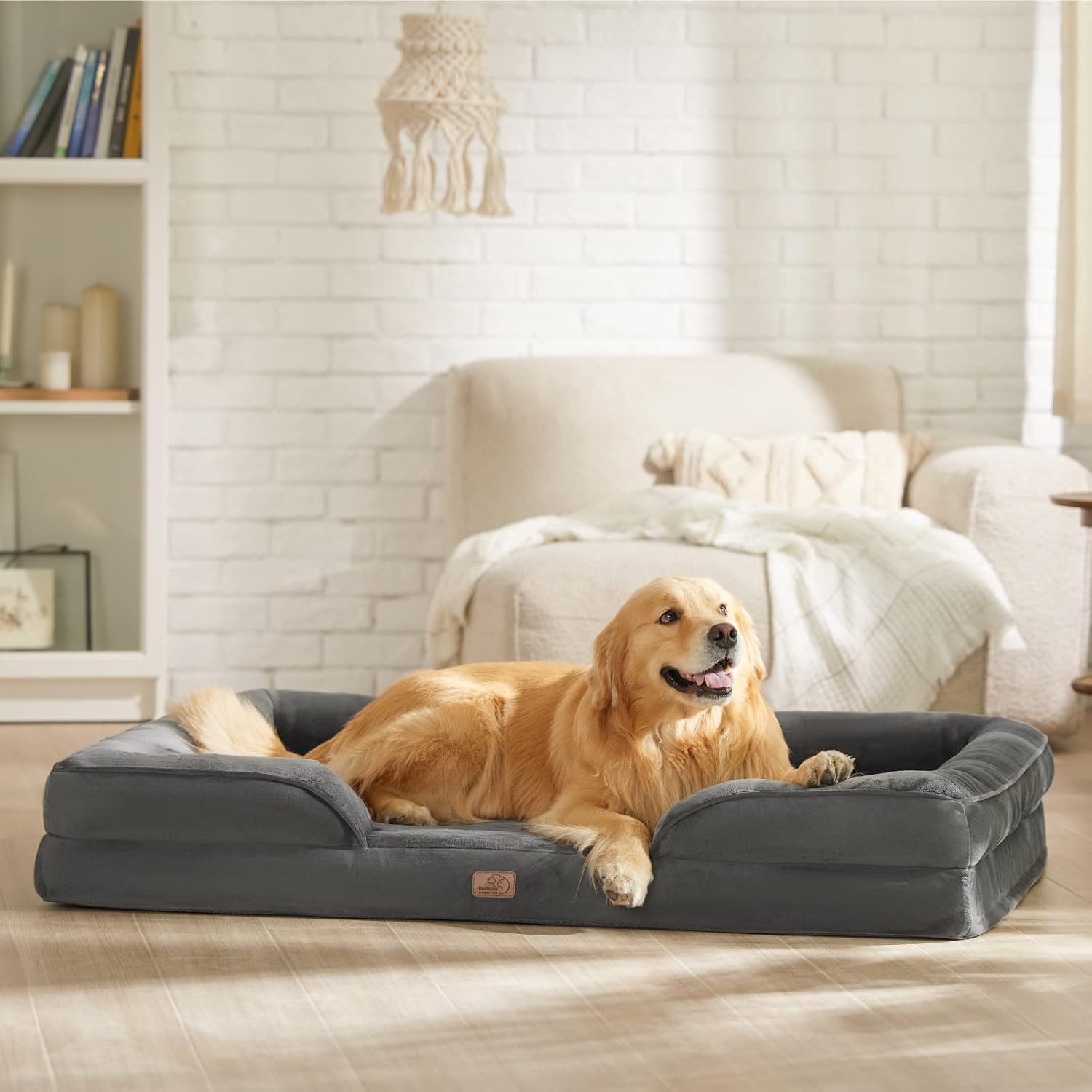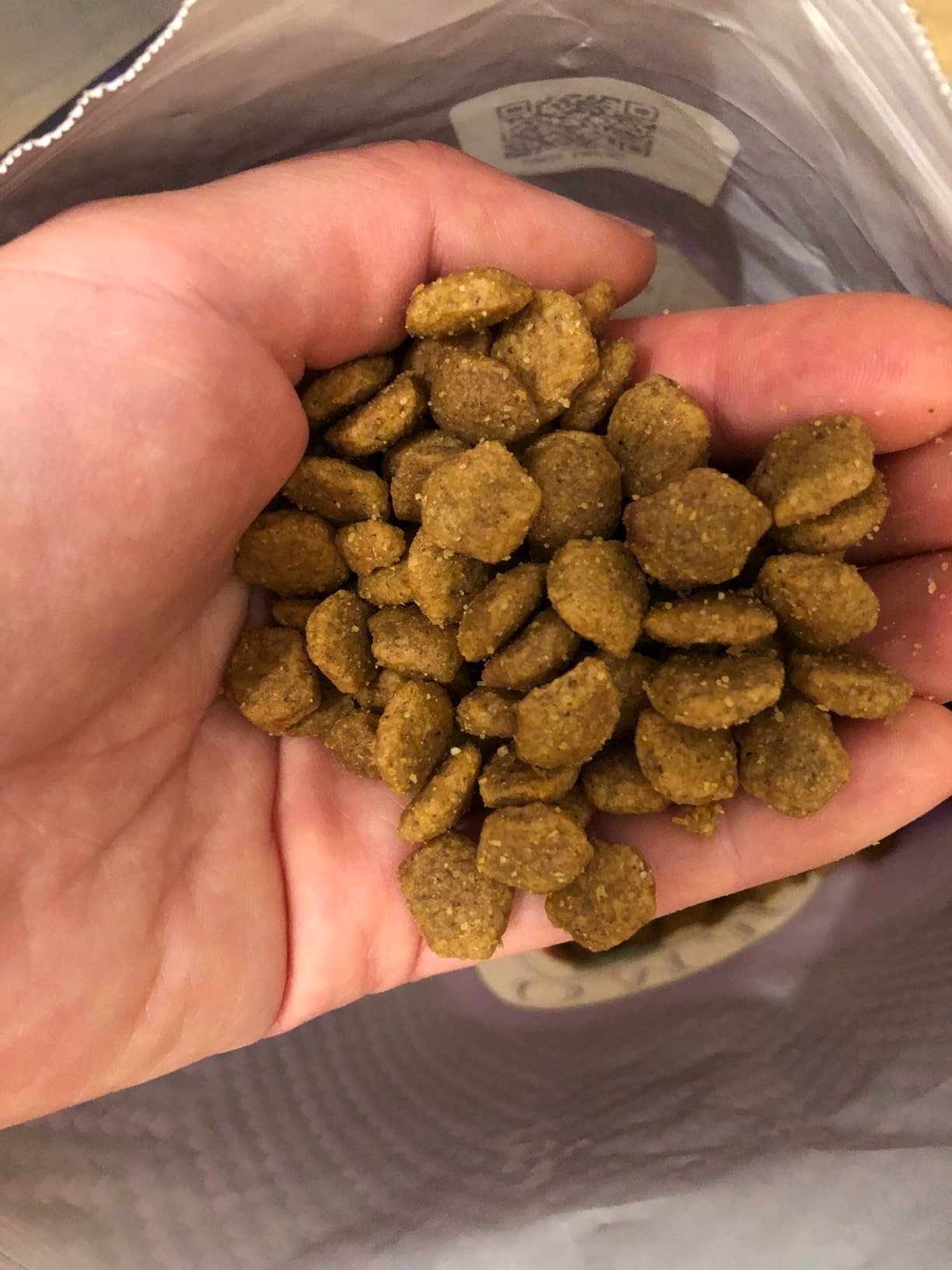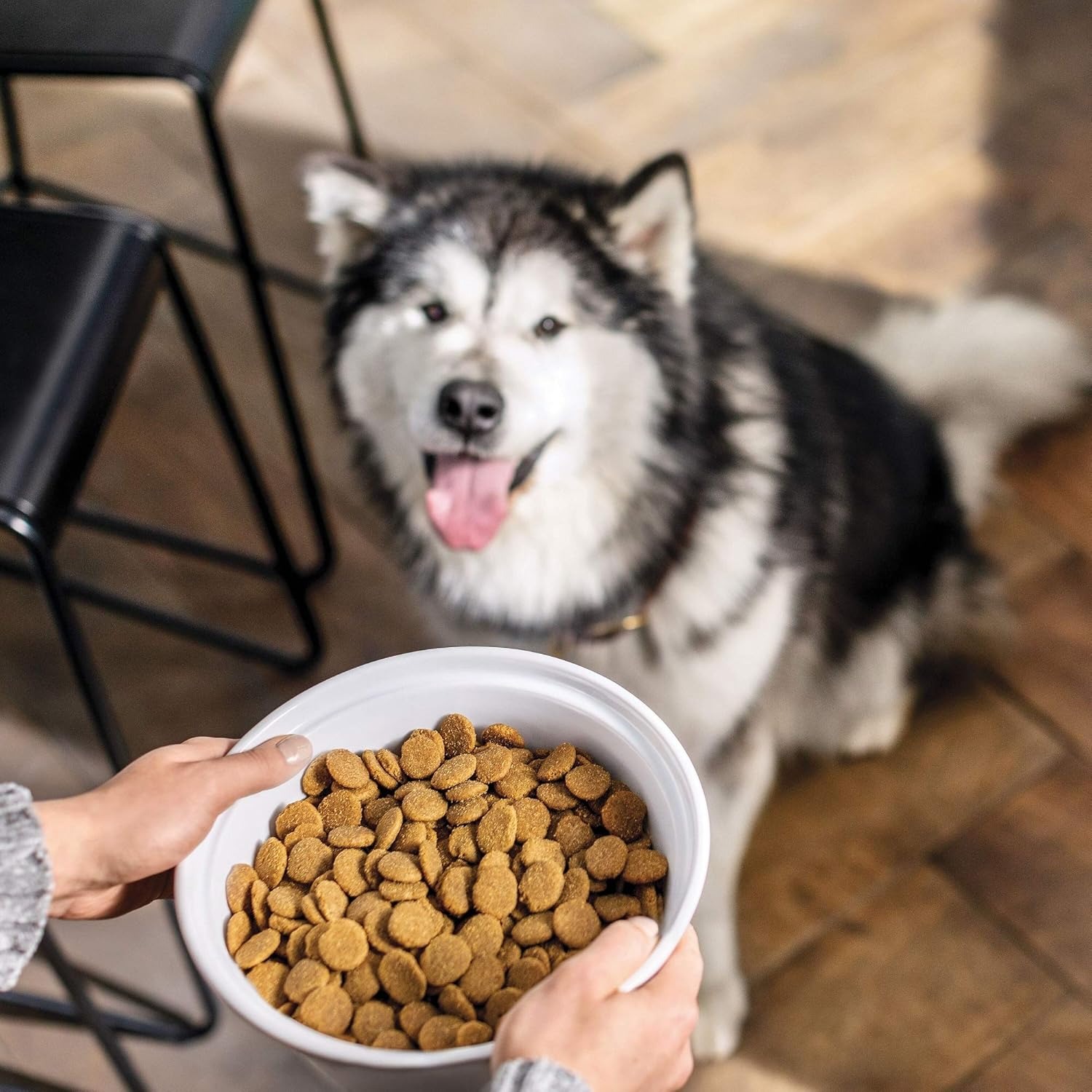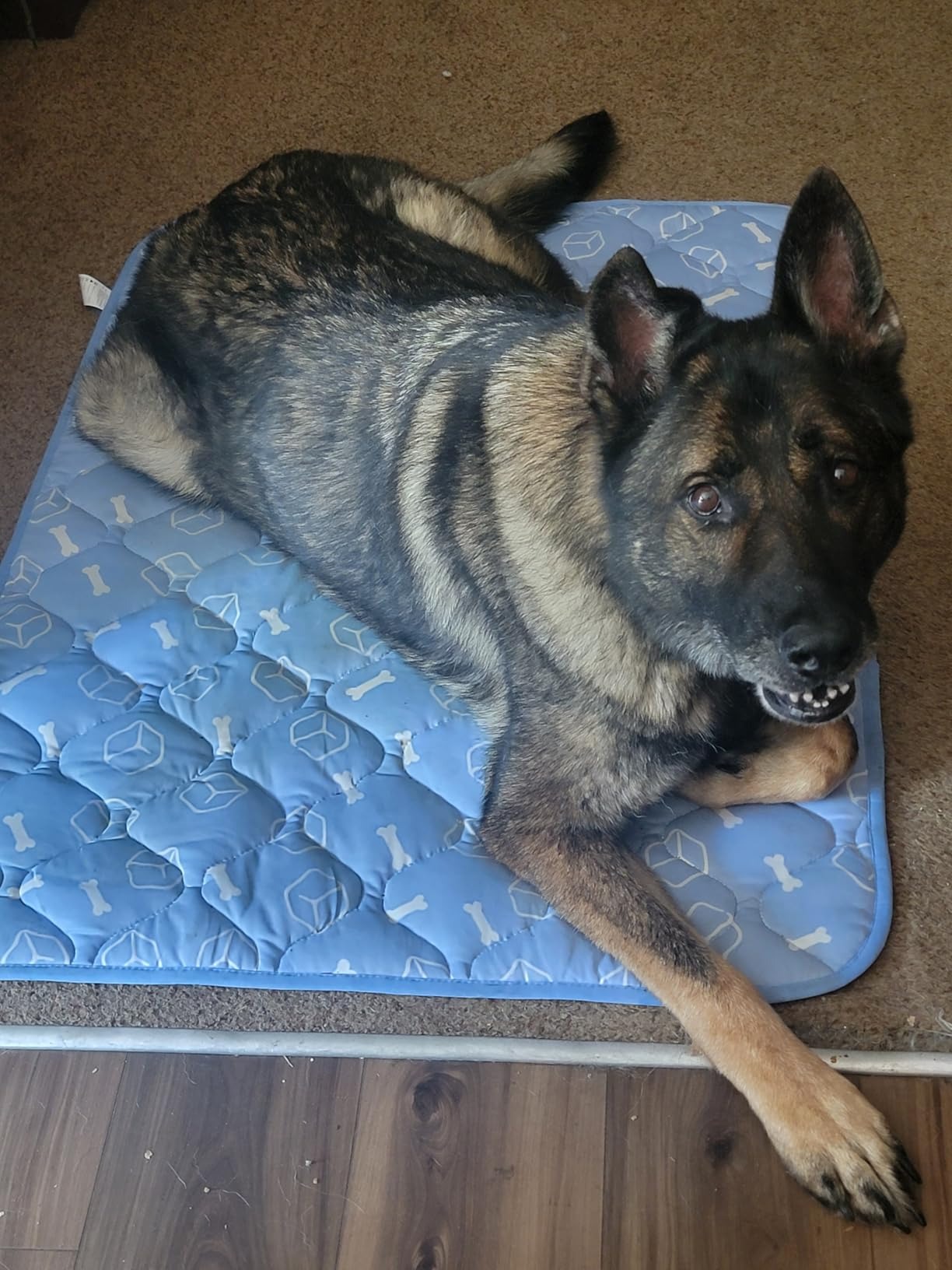Introduction to Puppy Rope
When it comes to raising a well-behaved and happy puppy, the right tools can make all the difference. A Puppy Rope is one such essential item that serves multiple purposes, from training and play to ensuring your pup’s safety. Whether you’re a first-time dog owner or an experienced breeder, understanding the role of a Puppy Rope can help you create a balanced routine for your furry companion. From teaching basic commands to providing hours of engaging play, the Puppy Rope is a cornerstone of effective puppy care. This article will explore everything you need to know about Puppy Ropes, including their benefits, how to choose the right one, and creative ways to incorporate them into your puppy’s daily life.
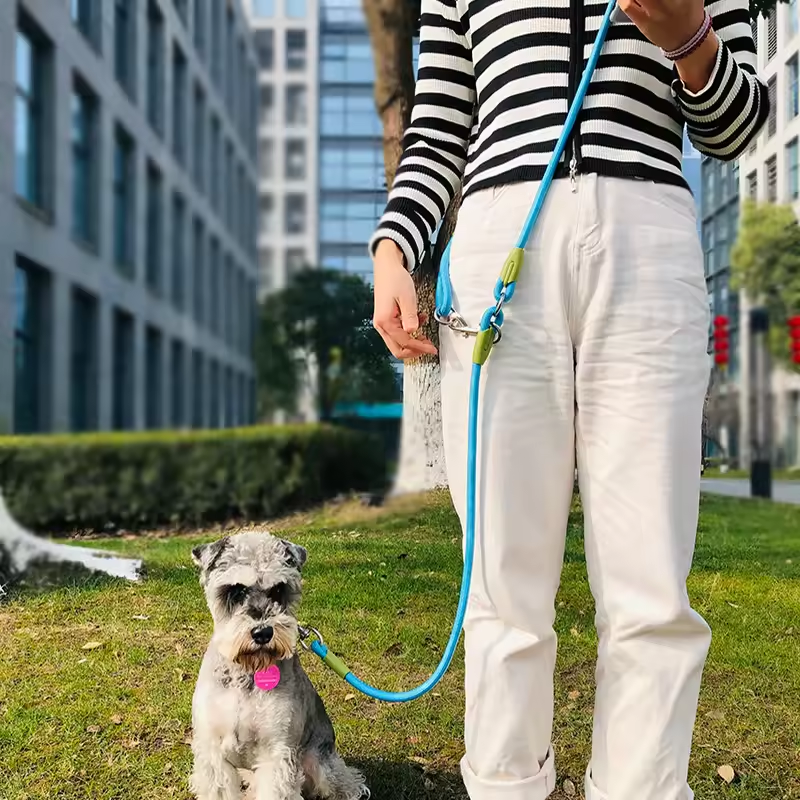
The term Puppy Rope encompasses a wide range of products, including training ropes, agility ropes, and even chew-resistant toys. Each type is tailored to specific needs, whether it’s helping your pup learn to sit or stay, encouraging physical activity, or preventing destructive chewing. For instance, a Puppy Traction Rope is ideal for outdoor training sessions, while a softer, more pliable rope might be better suited for indoor play. By selecting the right Puppy Rope, you can address your dog’s unique requirements while fostering a strong bond between you and your pet.
Choosing the Right Material for Your Puppy Rope
Selecting the appropriate material for your Puppy Rope is crucial to its effectiveness and durability. Puppies have different needs based on their age, size, and chewing habits, so the material of the rope should align with these factors. Common materials include natural fibers like cotton and hemp, as well as synthetic options such as nylon and polyester. Each material has its pros and cons, and understanding these can help you make an informed choice.
Natural fibers like cotton are soft and gentle on a puppy’s mouth, making them ideal for younger dogs or those with sensitive gums. However, cotton ropes may wear out quickly if your pup is a heavy chewer. Hemp ropes, on the other hand, are more durable and resistant to fraying, making them a better option for aggressive chewers. These ropes also have antibacterial properties, which can help keep your puppy’s mouth clean. If you’re looking for an eco-friendly option, hemp is an excellent choice.
Synthetic materials like nylon and polyester offer high durability and are often designed to withstand intense chewing. These ropes are particularly useful for puppies who enjoy interactive play sessions or agility training. However, synthetic ropes can sometimes be too stiff for small breeds or puppies with delicate teeth. It’s also important to consider the texture of the rope; a rope that’s too rough may irritate your puppy’s gums, while one that’s too smooth might not provide enough grip during training exercises.
Training Benefits of Using a Puppy Rope
One of the most significant advantages of a Puppy Rope is its role in training. Whether you’re teaching your pup basic commands or working on advanced tricks, a Puppy Rope can be an invaluable tool. For instance, using a Puppy Rope during obedience training can help reinforce commands like “sit,” “stay,” and “drop it.” The rope’s texture and weight make it an ideal object for your puppy to focus on, making the learning process more engaging and effective.
A Puppy Rope is also excellent for teaching your dog to release items on command. This is particularly useful for puppies who tend to hoard toys or refuse to let go of objects. By holding one end of the rope and allowing your pup to chew on the other, you can practice the “drop it” command in a controlled environment. Over time, your puppy will learn to associate releasing the rope with positive reinforcement, such as treats or praise.
In addition to obedience training, a Puppy Rope can be used to develop your dog’s problem-solving skills. For example, hiding treats inside a hollow Puppy Rope encourages your pup to figure out how to retrieve the reward. This type of interactive play not only stimulates your dog’s mind but also strengthens the bond between you and your pet. Furthermore, the process of chewing and manipulating the rope helps improve dexterity and coordination, which are essential for a puppy’s overall development.
Enhancing Playtime with a Puppy Rope
Playtime is a vital part of a puppy’s development, and a Puppy Rope can transform ordinary sessions into exciting adventures. Whether you’re playing fetch, engaging in tug-of-war, or simply allowing your pup to chew on the rope, these activities provide essential physical exercise and mental stimulation. For instance, a game of fetch with a Puppy Rope not only tires your dog out but also encourages them to run, jump, and retrieve, all of which are excellent for their physical health.
Tug-of-war is another popular activity that can be enhanced with a Puppy Rope. This game promotes bonding between you and your pup while also improving their strength and coordination. However, it’s important to set clear boundaries to ensure the game remains fun and safe. For example, teaching your puppy to release the rope on command prevents them from becoming overly aggressive or possessive during play. Additionally, using a Puppy Rope designed for tug-of-war ensures that it can withstand the force of pulling without breaking or fraying.
By incorporating a Puppy Rope into your play sessions, you can create a dynamic and engaging experience for your pup. The versatility of the rope allows you to tailor activities to your dog’s preferences, ensuring that playtime remains both fun and beneficial for their overall development.
Safety Features to Look for in a Puppy Rope
When selecting a Puppy Rope, safety should be your top priority. Puppies are naturally curious and may chew on the rope aggressively, so it’s essential to choose a product that can withstand their energy without posing a risk. One of the most important safety features to look for is the material’s durability. A high-quality Puppy Rope made from thick, braided fibers or reinforced synthetic materials is less likely to fray or break, reducing the chance of your pup ingesting small pieces.
Another critical safety consideration is the size and thickness of the rope. Conversely, a rope that’s too thick or stiff could be uncomfortable for your pup to chew on, discouraging them from using it. It’s also important to avoid ropes with loose threads or seams, as these can unravel and create choking risks.
Additionally, the design of the Puppy Rope plays a significant role in its safety. Some ropes are specifically engineered with textured surfaces or knots to provide better grip and prevent slipping, which is especially useful during tug-of-war games. Others feature non-toxic coatings or natural materials that are safe for puppies to chew on without causing irritation.
Common Mistakes When Using a Puppy Rope
While a Puppy Rope is a valuable tool for training and play, there are several common mistakes that owners should avoid to ensure their effectiveness and safety. One of the most frequent errors is using a Puppy Rope that is not appropriate for your dog’s size or chewing habits. For example, a small, soft rope may be suitable for a tiny Chihuahua but could be easily destroyed by a large, aggressive chewer like a Rottweiler. Choosing the wrong size or material can lead to frustration for both the dog and the owner, as the rope may break quickly or fail to provide adequate stimulation.
Another common mistake is not setting clear rules and boundaries when using a Puppy Rope. For instance, during tug-of-war games, some owners allow their dogs to get too excited, leading to overaggression or possessiveness. Teaching your pup to release the rope on command and establishing a structured routine for play sessions can help prevent these issues. It’s also important to avoid using the rope in situations where your dog may become overly stressed or anxious, as this can lead to negative associations with the toy.
Overuse is another pitfall to watch out for. While a Puppy Rope can be a great source of entertainment, it’s essential to balance its use with other types of play and training activities. Rotating between different toys and games can help keep your pup engaged and prevent them from becoming too reliant on a single item.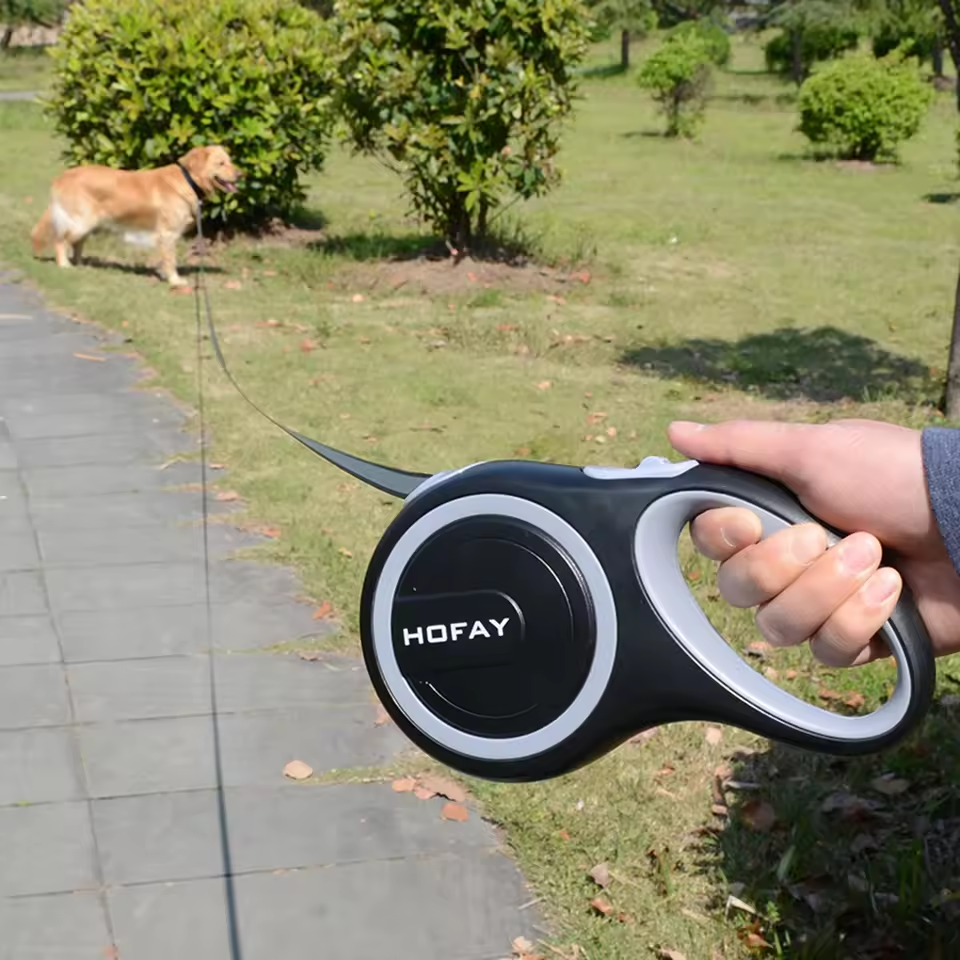
By avoiding these common mistakes, you can maximize the benefits of a Puppy Rope while ensuring a positive and safe experience for your dog.
Top Types of Puppy Ropes for Different Needs
The market offers a wide variety of Puppy Ropes, each designed to meet specific needs based on your dog’s size, behavior, and activity level. Understanding the different types of ropes can help you choose the one that best suits your puppy’s requirements.
- Training Ropes: These ropes are specifically designed for obedience and agility training. Training ropes often have a consistent texture and thickness, making them ideal for teaching commands like “drop it” or “fetch.”
- Agility Ropes: Agility ropes are used in dog sports and training exercises to help puppies develop coordination and balance. These ropes are usually lightweight and flexible, allowing for easy manipulation during activities like jumping or weaving. They may also feature knots or textured surfaces to provide additional grip and stimulation.
- Chew-Resistant Ropes: For aggressive chewers, chew-resistant ropes are an excellent choice.
- Interactive Ropes: Interactive ropes are designed to engage your dog’s mind through problem-solving activities. These ropes often have hidden compartments or attached toys that encourage your pup to figure out how to retrieve treats or rewards. This type of rope is particularly beneficial for puppies who enjoy mental challenges and can help prevent boredom.
- Soft Ropes: Soft ropes are ideal for puppies with sensitive mouths or smaller breeds. Made from plush materials like cotton or fleece, these ropes are gentle on a dog’s teeth and gums. They are perfect for gentle play sessions or for puppies who prefer a softer texture.
- Multi-Functional Ropes: Multi-functional ropes combine elements of training, play, and safety into a single product. These ropes may include features like built-in squeakers, crinkles, or textured surfaces to provide varied stimulation. They are a versatile option for puppies who enjoy a variety of activities.

Conclusion: Why Every Puppy Needs a Rope
In conclusion, a Puppy Rope is an indispensable tool for any dog owner who wants to provide their puppy with a well-rounded experience. From training and play to safety and mental stimulation, the Puppy Rope offers a wide range of benefits that contribute to your dog’s physical and emotional well-being. Whether you’re teaching your pup basic commands, engaging in fun play sessions, or simply giving them something to chew on, the Puppy Rope is a versatile and effective solution.
One of the key advantages of a Puppy Rope is its ability to adapt to different needs and preferences. With a variety of types and materials available, you can find the perfect rope for your dog’s size, chewing habits, and activity level. Whether you choose a durable training rope for obedience exercises or a soft, pliable rope for gentle play, the right Puppy Rope can enhance your dog’s quality of life in countless ways.
Moreover, the Puppy Rope is not just a toy—it’s a tool that fosters bonding between you and your pet. By incorporating the rope into your daily routine, you can create a fun and engaging environment that strengthens your relationship with your dog. The interactive nature of the rope encourages communication, cooperation, and trust, all of which are essential for a healthy and happy dog.
As your puppy grows and develops, the Puppy Rope will continue to serve as a valuable companion. By investing in a high-quality Puppy Rope, you’re not just purchasing a product—you’re investing in your dog’s future.

